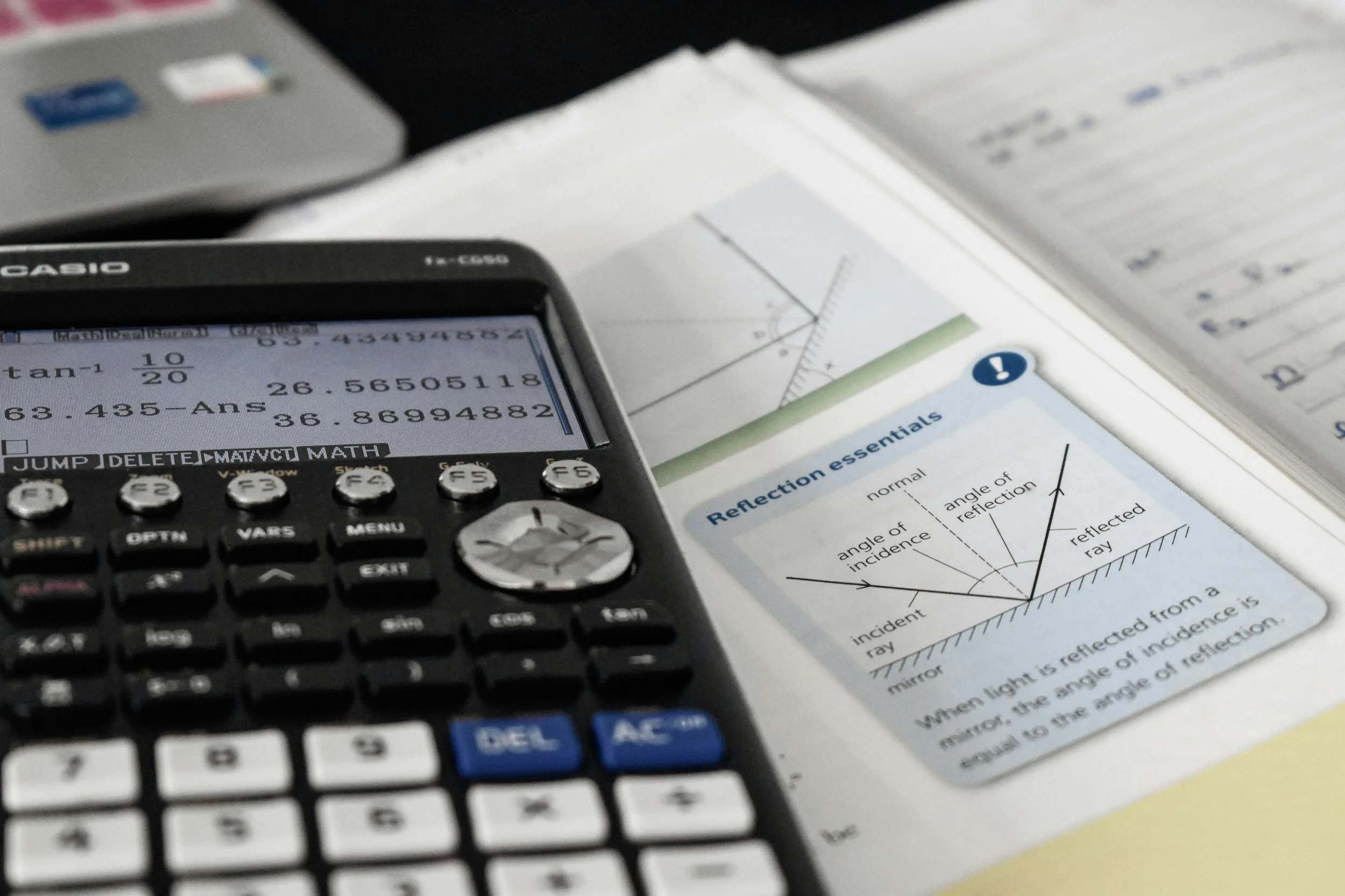PSLE Maths Problem-Solving Techniques Every Student Should Know
Why Problem-Solving Matters
Problem-solving is the area of PSLE maths where many students (even the ones who perform well in drills and short-answer questions) begin to struggle. Unlike straightforward arithmetic or geometry, these questions test deeper understanding, flexible thinking, and the ability to apply knowledge in unfamiliar contexts.
Many parents tell us, “My child does well in practice papers but can’t handle the word problems in PSLE Paper 2.” That’s a familiar story, and it all comes down to how students are trained to handle complex, multistep problems.
The good news? These techniques can be taught and learned. The most successful students aren’t necessarily the fastest at calculations; they’re the ones who have mastered a clear set of thinking strategies, known in Singapore as heuristics.
Key Techniques Every Student Should Master
At The Exam Coach, we group the most effective problem-solving strategies into a few key categories. First is model drawing, which remains one of the most powerful tools a student can use to tackle ratio, fractions, and “before-and-after” questions. A clear, accurate diagram often reveals relationships that would otherwise stay hidden in the text.
Another essential method is working backwards, useful in scenarios where the final result is given, and students need to trace back through the steps to uncover missing values.
Students should also learn to organise information using tables or lists, especially in pattern questions. And in many situations, just simplifying the problem, by removing unnecessary details, rephrasing the question, or tackling a smaller version of it first, can unlock the path to a correct answer.
These aren't just buzzwords. They’re tools your child can reach for in the exam room when faced with a tricky, unfamiliar question. And with regular exposure and practice, these strategies become second nature.
Worked Example: A Heuristic in Action
To understand how a heuristic works in real time, let’s look at a classic PSLE-style problem:
A 1.8L bottle of orange juice is shared equally into 5 cups. Then, 0.4L of water is added to each cup. What is the total volume of liquid in all the cups?
At first glance, this may seem like a simple question — but for a 12-year-old under pressure, multi-step calculations like this can cause hesitation. Here's how to approach it using a structured method.
Start by simplifying. First, how much orange juice goes into each cup? Divide 1.8L by 5, which gives you 0.36L. Then, add the water: 0.36L plus 0.4L equals 0.76L per cup. Finally, multiply by 5 cups to get the total: 0.76 × 5 = 3.8L.
This process might sound straightforward to adults, but children need repeated exposure to problems like these, and a toolkit of techniques, to confidently break them down in a timed setting.
How to Practise These Techniques Effectively
The key to mastering PSLE maths problem-solving is not just doing more questions, but practising deliberately — focusing on the reasoning process rather than just the answer. One of the best ways to do this is to group problems by the heuristic required. For example, spend a session working only on model drawing questions involving fractions and ratios, then shift focus to pattern questions that benefit from listing and tabling.
Timed practice also helps, but only after the technique has been understood. We recommend students start with untimed questions to learn the thinking steps, then progress to mock exams once they can apply the methods confidently.
Parents can support this by helping their child build a folder or digital bank of worked examples. Include both successful attempts and errors. Reviewing past mistakes and correcting them using the appropriate techniques is one of the most powerful forms of revision.
Insights From Our PSLE Coaches
Our tutors often say that the biggest breakthroughs happen when students stop trying to “solve the question” and instead focus on understanding the situation. Rushing into calculations before planning usually leads to errors. That’s why we encourage a “read twice, write once” approach:
1. Read the question carefully
2. Read the question carefully again.
Then draw a model or plan before continuing.
It’s also worth noting that strong performance in Paper 2 doesn't necessarily come from speed, but from clarity of thinking. A student who can calmly apply a heuristic, write neat workings, and label diagrams clearly will often score better than a faster peer who makes careless slips.
As your child prepares for the PSLE, remind them that they’re not alone; they don’t have to “figure it out” intuitively. These are techniques anyone can learn with the right guidance, and we’ve seen the results first-hand.

